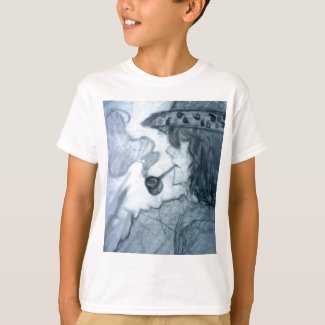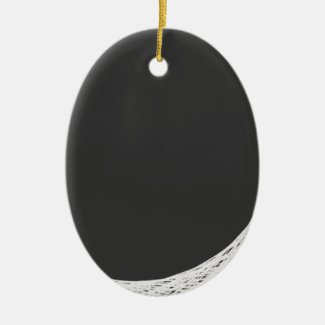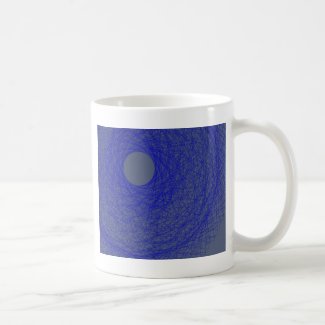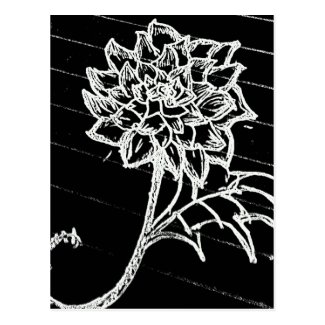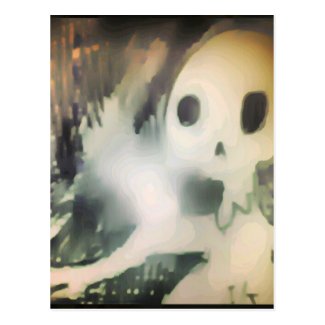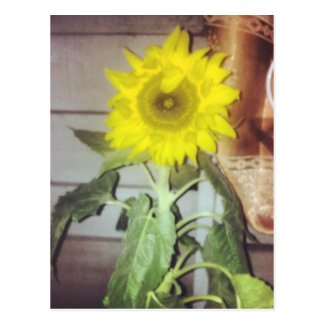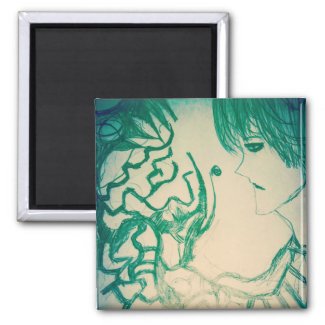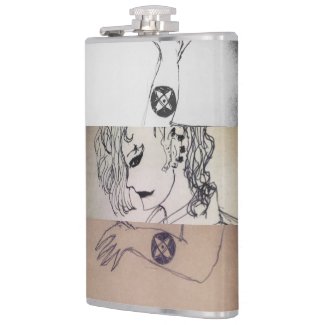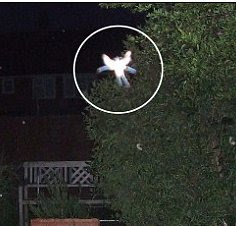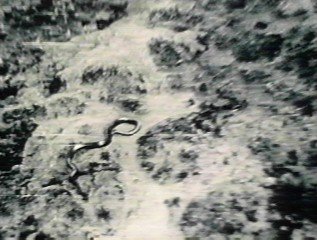Sunday, 18 August 2013
yaeis deviation
guy with white hair by castiellightworkers8 on DeviantArt
ready to fight by castiellightworkers8 on DeviantArt
l,ost in the east by castiellightworkers8 on DeviantArt
Sunday, 11 August 2013
Chinese water dragon (Physignathus cocincinus)
Friday, 9 August 2013
Monday, 5 August 2013
Rosemary benefits
Elderberry tree

Sambucus is a genus of flowering plants in the family Adoxaceae.
The various species are commonly called elder or elderberry.
The genus was formerly placed in the honeysuckle family
, Caprifoliaceae, but was reclassified as Adoxaceae due to genetic and morphological comparisons to plants in the genus Adoxa.
The oppositely arranged leaves are pinnate with 5–9 leaflets (rarely 3 or 11). Each leaf is 5–30 cm (2.0–11.8 in) long, and the leaflets have serrated margins. They bear large clusters of small white or cream-colored flowers in late spring; these are followed by clusters of small black, blue-black, or red berries (rarely yellow or white).
Color
Structure of anthocyanins, the blue pigments in elderberries.
Elderberries are rich in anthocyanidin that combine to give elderberry juice an intense blue-purple coloration that turns reddish on dilution with water. These pigments are used as colorants in various products, and "elderberry juice color" is listed by the USFDA as allowable in certified organic food products. In Japan, elderberry juice is listed as an approved "natural color additive" under the Food and Sanitation Law.
Fibers can be dyed with elderberry juice (using alum as a mordant) to give a light "elderberry" color.
Toxicity Edit
Although the cooked berries (pulp and skin) of most species of Sambucus are edible,[7][8] the uncooked berries and other parts of plants from this genus are poisonous.[9] Leaves, twigs, branches, seeds, roots, flowers, and berries of Sambucus plants produce cyanogenic glycosides, which have toxic properties.[9] Ingesting a sufficient quantity of cyanogenic glycosides from berry juice, flower tea, or beverages made from fresh leaves, branches, and fruit has been shown to cause illness, including nausea, vomiting, abdominal cramps, diarrhea, and weakness.[7][9][10] In August 1983, a group of 25 people in Monterey County, California became suddenly ill by ingesting elderberry juice pressed from fresh, uncooked Sambucus mexicana berries, leaves, and stems.[10] The density of cyanogenic glycosides is higher in tea made from flowers (or leaves) than it is in berries.[9][11]
The seeds of Sambucus callicarpa are poisonous and may cause vomiting or diarrhea.[12]
The genus occurs in temperate to subtropical regions of the world. More widespread in the Northern Hemisphere, its Southern Hemisphere occurrence is restricted to parts of Australasia and South America. Many species are widely cultivated for their ornamental leaves, flowers and fruit.[17]
Habitat Edit
Elder commonly grows near farms and homesteads. It is a nitrogen-dependent plant and thus is generally found near places of organic waste disposal. Elders are often grown as a hedgerow plant in Britain since they take very fast, can be bent into shape easily and grow quite profusely, thus having gained the reputation of being 'an instant hedge'. It is not generally affected by soil type or pH level and will virtually grow anywhere sufficient sunlight is available.
Golden Galaxy Cluster
Datura inoxia fruit
 Datura innoxia, often spelled inoxia (sometimes called by the common names pricklyburr,[1] recurved thorn-apple,[2] downy thorn-apple, Indian-apple, lovache, moonflower, nacazcul, toloatzin, tolguache or toloache) is a species in the family Solanaceae. It is more rarely called sacred datura, a common name which is applied more often to the closely related Datura wrightii. It is native to the Southwestern United States, Central and South America, and introduced in Africa, Asia, Australia and Europe. The scientific name is often cited as D. innoxia.[3] When English botanist Philip Miller first described the species in 1768, he misspelled the Latin word innoxia (inoffensive) when naming it D. inoxia. The name Datura meteloides was for some time erroneously applied to some members of the species, but that name has now been abandoned.[4]
Datura innoxia is a tuberous-rooted, subshrub that typically reaches a height of 0.6 to 1.5 metres.[5][6] Its stems and leaves are covered with short and soft grayish hairs, giving the whole plant a grayish appearance. It has elliptic smooth-edged leaves with pinnate venation. All parts of the plant emit a foul odor similar to rancid peanut butter when crushed or bruised, although most people find the fragrance of the flowers to be quite pleasant when they bloom at night.[7][citation needed]
The flowers are white, trumpet-shaped, 12–19 cm (4.5–7.5 in) long.[8] They first grow upright, and later incline downward. It flowers from early summer until late fall.
The fruit is an egg-shaped spiny capsule, about 5 cm in diameter. Like those of other species belonging to section Dutra of the genus Datura, it splits open irregularly when ripe to disperse its seeds. Another means of dispersal may also occur, in which the spiny fruit becomes entangled in the fur of animals, who then carry the fruit far from the mother plant. The seeds are long-lived, having the ability to lie dormant in the soil for many years. The seeds and indeed the whole plant, have strongly deliriant properties and a high potential for overdose, the slow appearance of the effects leading to the erroneous belief that the dose taken has been ineffective.
All parts of Datura plants are toxic, containing dangerous levels of tropane alkaloids and may be fatal if ingested by humans and other animals, including livestock and pets. In some places it is prohibited to buy, sell or cultivate Datura plants.[4]
When cultivated, the plant is usually treated as an annual to be grown from seed, but its tuberous roots (somewhat reminiscent of those of the cultivated Dahlia) can be kept from freezing and planted in the spring of the following year.[4]
Datura innoxia, like other Datura species, contains the highly toxic alkaloids atropine, hyoscine (scopolamine), and hyoscyamine. The Aztecs called the plant toloatzin, and used it long before the Spanish conquest of Mexico for many therapeutic purposes, such as poultices for wounds where it acts as an anodyne.[citation needed] Although the Aztecs warned against madness and "various and vain imaginings", many Native Americans have used the plant as an entheogen for hallucinations and rites of passage. The alkaloids of these plants are very similar to those of mandrake, deadly nightshade, and henbane, which are also highly poisonous plants used cautiously for effective pain relief in antiquity.[12]
Datura intoxication typically produces a complete inability to differentiate reality from fantasy (delirium, as contrasted to hallucination); hyperthermia; tachycardia; bizarre, and possibly violent behavior; and severe mydriasis with resultant painful photophobia that can last several days. Pronounced amnesia is another commonly reported effect.[13] There can easily be a 5:1 variation in toxins from plant to plant, and a given plant's toxicity depends on its age, where it is growing, and local weather conditions. These wide variations make Datura exceptionally hazardous to use as a drug. In traditional cultures, users needed to have a great deal of experience and detailed plant knowledge so that no harm resulted from using it.[4] Such knowledge is not widely available in modern cultures, so many unfortunate incidents result from ingesting Datura. In the 1990s and 2000s, the United States media contained stories of adolescents and young adults dying or becoming seriously ill from intentionally ingesting Datura.[14]
It has also been planted throughout the world as an ornamental plant for its attractive large leaves, large white flowers, and distinctive thorny fruit. However, the plant is now considered an invasive species in several locations. For example, because of the similarity of its life cycle to that of cotton, it is a pest in cotton fields. It is also a potential seed contaminant.
Datura innoxia, often spelled inoxia (sometimes called by the common names pricklyburr,[1] recurved thorn-apple,[2] downy thorn-apple, Indian-apple, lovache, moonflower, nacazcul, toloatzin, tolguache or toloache) is a species in the family Solanaceae. It is more rarely called sacred datura, a common name which is applied more often to the closely related Datura wrightii. It is native to the Southwestern United States, Central and South America, and introduced in Africa, Asia, Australia and Europe. The scientific name is often cited as D. innoxia.[3] When English botanist Philip Miller first described the species in 1768, he misspelled the Latin word innoxia (inoffensive) when naming it D. inoxia. The name Datura meteloides was for some time erroneously applied to some members of the species, but that name has now been abandoned.[4]
Datura innoxia is a tuberous-rooted, subshrub that typically reaches a height of 0.6 to 1.5 metres.[5][6] Its stems and leaves are covered with short and soft grayish hairs, giving the whole plant a grayish appearance. It has elliptic smooth-edged leaves with pinnate venation. All parts of the plant emit a foul odor similar to rancid peanut butter when crushed or bruised, although most people find the fragrance of the flowers to be quite pleasant when they bloom at night.[7][citation needed]
The flowers are white, trumpet-shaped, 12–19 cm (4.5–7.5 in) long.[8] They first grow upright, and later incline downward. It flowers from early summer until late fall.
The fruit is an egg-shaped spiny capsule, about 5 cm in diameter. Like those of other species belonging to section Dutra of the genus Datura, it splits open irregularly when ripe to disperse its seeds. Another means of dispersal may also occur, in which the spiny fruit becomes entangled in the fur of animals, who then carry the fruit far from the mother plant. The seeds are long-lived, having the ability to lie dormant in the soil for many years. The seeds and indeed the whole plant, have strongly deliriant properties and a high potential for overdose, the slow appearance of the effects leading to the erroneous belief that the dose taken has been ineffective.
All parts of Datura plants are toxic, containing dangerous levels of tropane alkaloids and may be fatal if ingested by humans and other animals, including livestock and pets. In some places it is prohibited to buy, sell or cultivate Datura plants.[4]
When cultivated, the plant is usually treated as an annual to be grown from seed, but its tuberous roots (somewhat reminiscent of those of the cultivated Dahlia) can be kept from freezing and planted in the spring of the following year.[4]
Datura innoxia, like other Datura species, contains the highly toxic alkaloids atropine, hyoscine (scopolamine), and hyoscyamine. The Aztecs called the plant toloatzin, and used it long before the Spanish conquest of Mexico for many therapeutic purposes, such as poultices for wounds where it acts as an anodyne.[citation needed] Although the Aztecs warned against madness and "various and vain imaginings", many Native Americans have used the plant as an entheogen for hallucinations and rites of passage. The alkaloids of these plants are very similar to those of mandrake, deadly nightshade, and henbane, which are also highly poisonous plants used cautiously for effective pain relief in antiquity.[12]
Datura intoxication typically produces a complete inability to differentiate reality from fantasy (delirium, as contrasted to hallucination); hyperthermia; tachycardia; bizarre, and possibly violent behavior; and severe mydriasis with resultant painful photophobia that can last several days. Pronounced amnesia is another commonly reported effect.[13] There can easily be a 5:1 variation in toxins from plant to plant, and a given plant's toxicity depends on its age, where it is growing, and local weather conditions. These wide variations make Datura exceptionally hazardous to use as a drug. In traditional cultures, users needed to have a great deal of experience and detailed plant knowledge so that no harm resulted from using it.[4] Such knowledge is not widely available in modern cultures, so many unfortunate incidents result from ingesting Datura. In the 1990s and 2000s, the United States media contained stories of adolescents and young adults dying or becoming seriously ill from intentionally ingesting Datura.[14]
It has also been planted throughout the world as an ornamental plant for its attractive large leaves, large white flowers, and distinctive thorny fruit. However, the plant is now considered an invasive species in several locations. For example, because of the similarity of its life cycle to that of cotton, it is a pest in cotton fields. It is also a potential seed contaminant.
Flower that can cause hallucination:Angel's Trumpet (Brugsmansia)
Friday, 2 August 2013
Cryptozoology
Subscribe to:
Posts (Atom)
Male sex dolls full silicone sex doll fo
Click on the picture to fulfill your dream click on the image click on the image click on the image click on the image click on t...
-
click on google a.i . Car Yaei abstract art design 0o iPhone SE/5/5s case by SwiRling8 purple funky ceramic or...
-
Click on the picture to fulfill your dream click on the image if you wish you want this click on the image click on the image cl...
-
Click on the picture to fulfill your dream click on the image click on the image click on the image click on the image click on t...



















